
2. Consider the development of medicine



Are you fine with injections? Or do you not like it?
| Answer: |



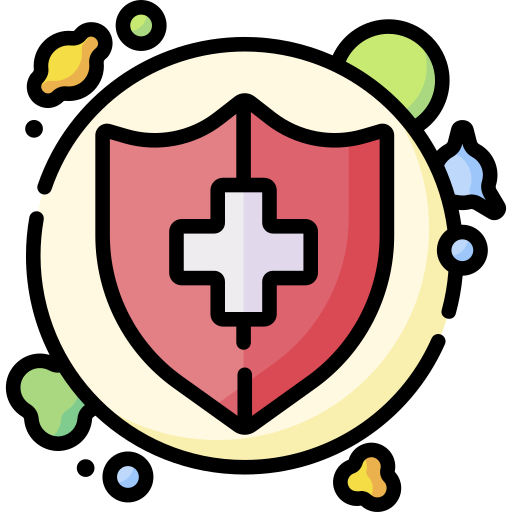 |
immune system
免疫系
|
 |
antibody
抗体
|
 |
versatile
汎用性
|
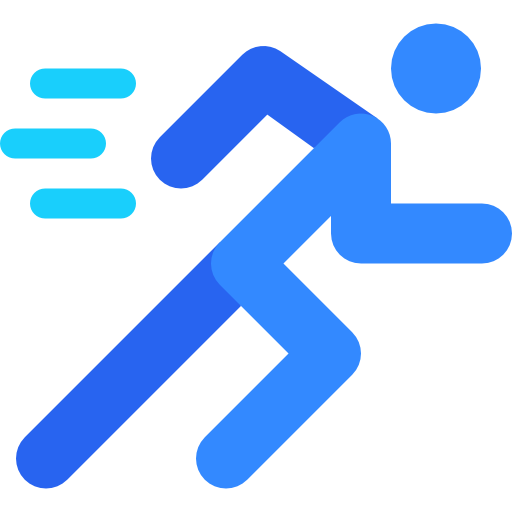 |
agility
危機
|




| 1. |
A _________ actor can play many different types of roles. |
| 2. |
_________ is the ability to move quickly and easily. |
| 3. |
Stress can weaken your ______________. |
| 4. |
__________ fight infections and diseases in the body. |




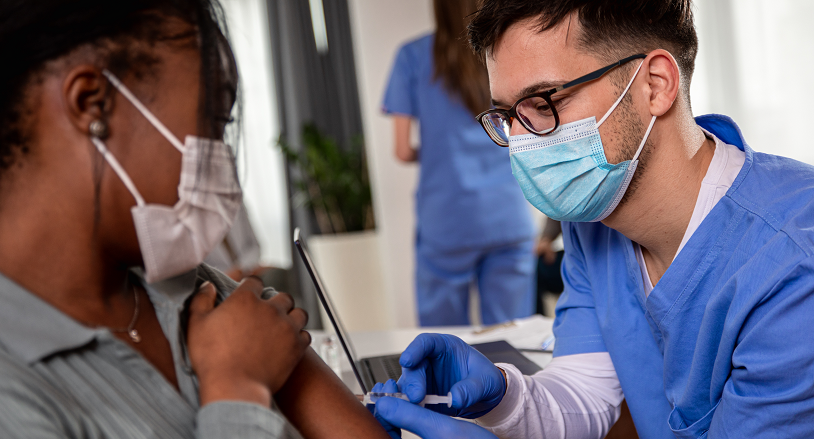
| Answer: |



mRNA flu vaccines could shorten the development timeline to about a month. Pfizer is relying on mRNA’s agility to fight potential new variants of the coronavirus and hopes to develop and provide a new vaccine within three months of each variant’s appearance. The goal is to turn our bodies into vaccine-making machines, allowing us to fight off diseases with our own immune systems.
mRNA technology is versatile and highly specific, making it a promising tool in the fight against cancer. The moment of creating the COVID-19 vaccine was described as a moonshot, an ordinary and extraordinary moment that has the potential to impact medicine for years to come.





| 1. | What is messenger RNA (mRNA)? |
| Answer: |


| 2. | What is the function of mRNA in the body? |
| Answer: |


| 3. | How fast does Pfizer want to make new vaccines for coronavirus variants? |
| Answer: |




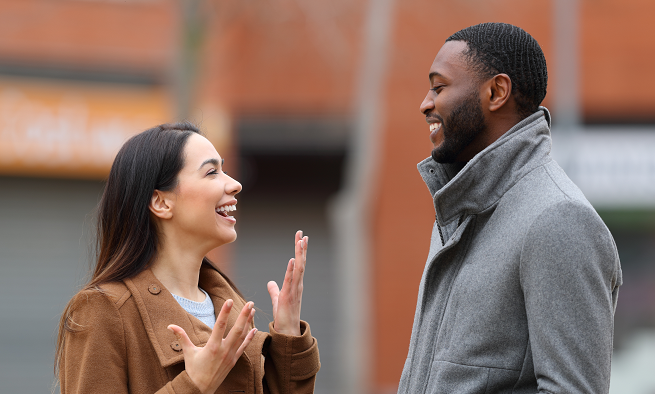

| Sample question: | Some people say that walking is good for one’s health. Do you agree with that idea? |
| Sample answer (agree): | I agree that walking is good for one’s health. I have several reasons for this. First, it reduces the risk of diseases. Some examples are heart attack, stroke, and high blood pressure. Second, some studies say that physical exercise can reduce stress. This helps us sleep better and be in a good mood. So, I agree that walking is good for our health. |

Give at least one reason to support your opinion. You have one minute to prepare and one minute to answer.
| Topic: | Do you agree that it is a good thing that vaccines are being developed faster than ever before? | |
| Answer: | I agree/disagree |


ex. Why do you think so?
If you were in this situation, what would you do? etc.)
| Answer: |


| Topic: | Do you agree that people rely on medication for their health? | |
| Answer: | I agree/disagree |


ex. Why do you think so?
If you were in this situation, what would you do? etc.)
| Answer: |





– In your opinion, what is the most important scientific discovery in human history?
– What are your plans for the weekend?
| Answer: |




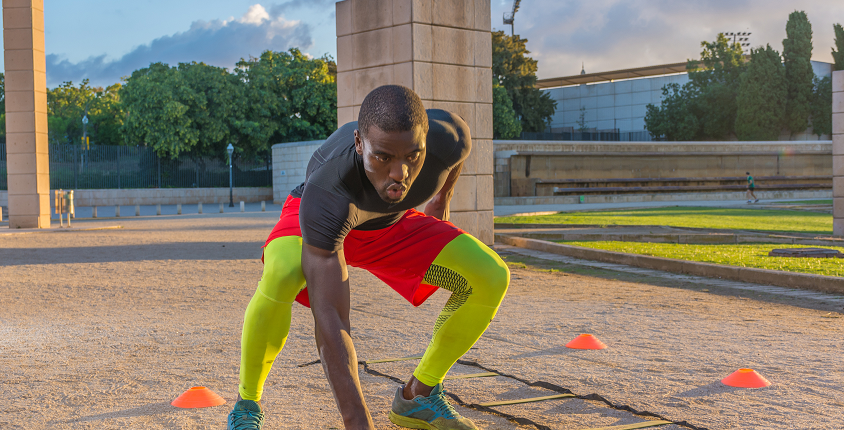








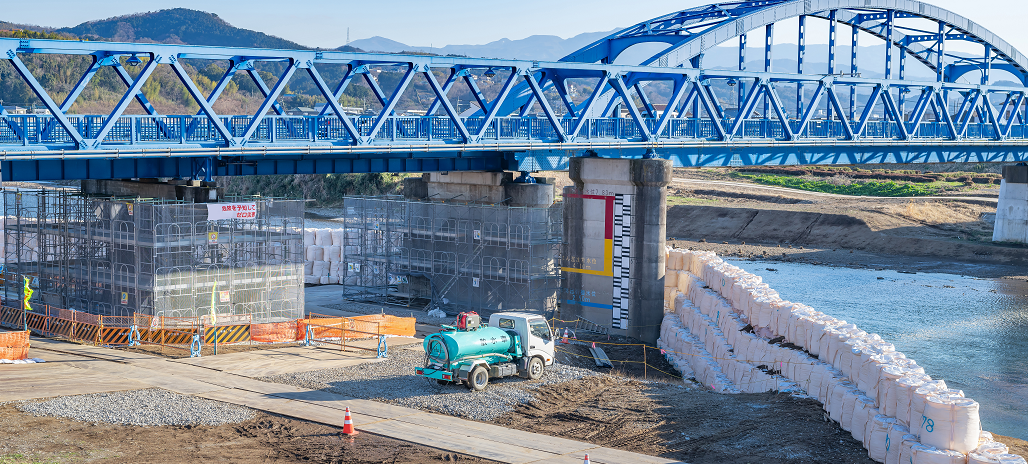

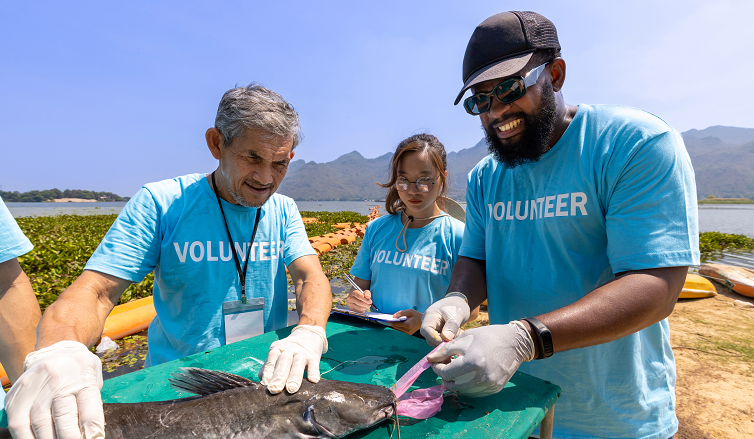

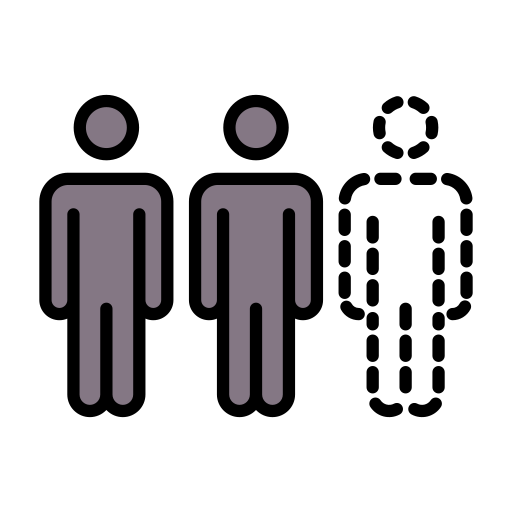

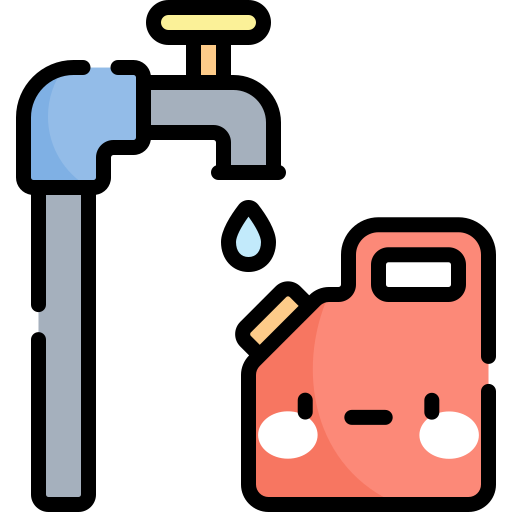
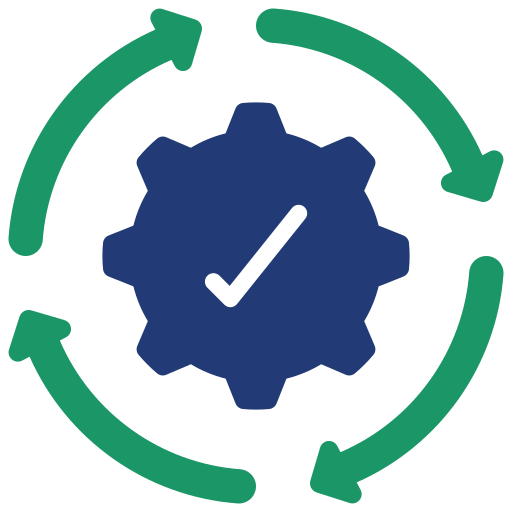
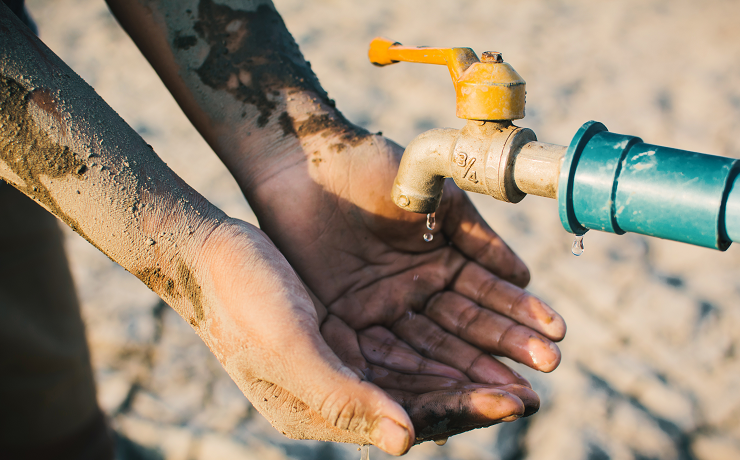



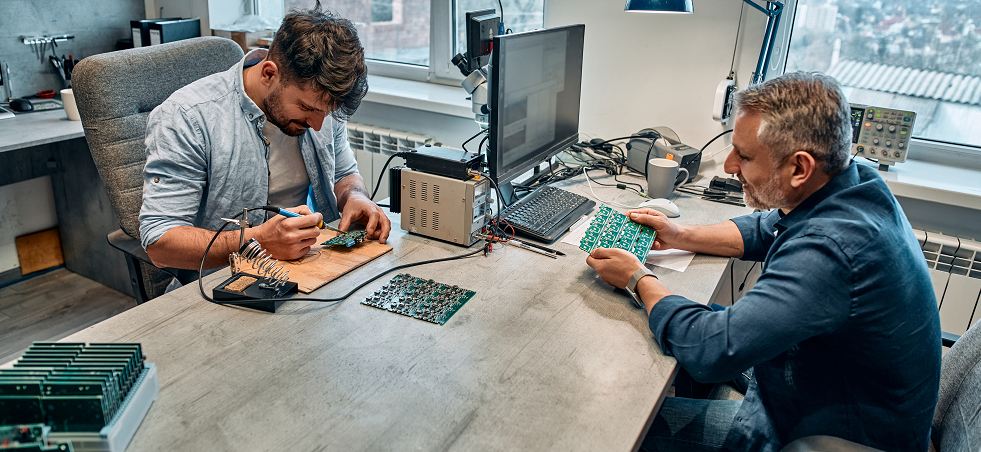



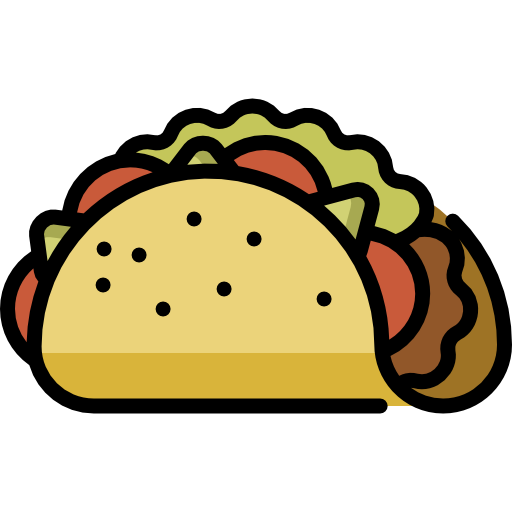
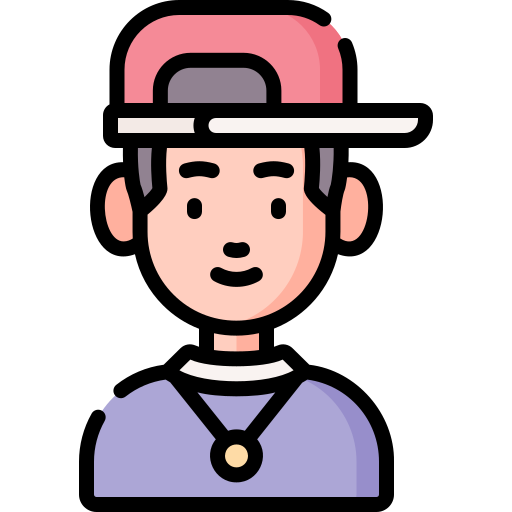
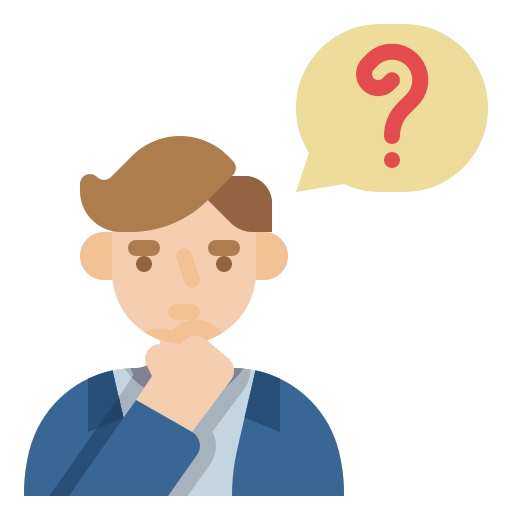


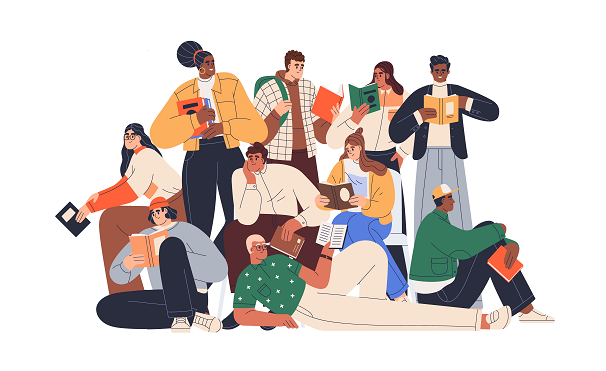

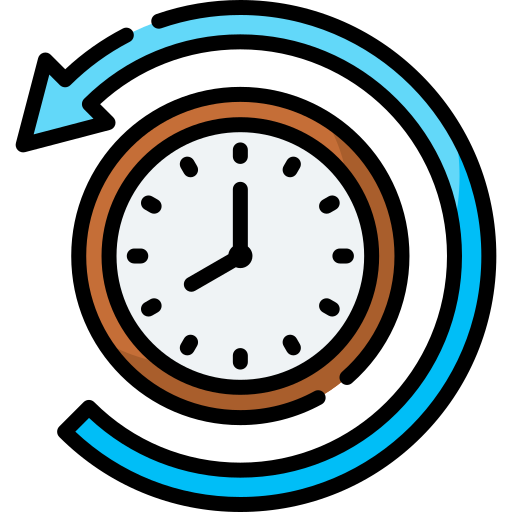
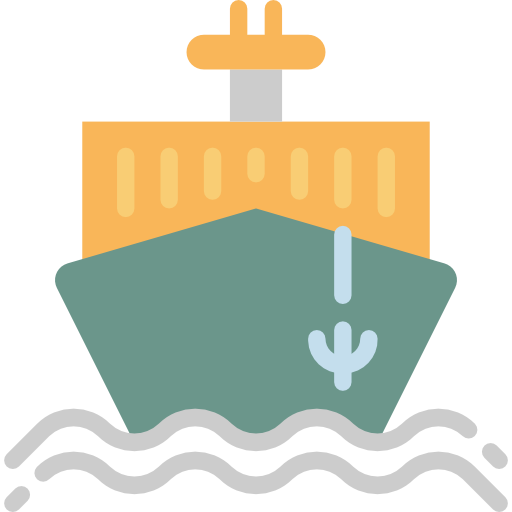
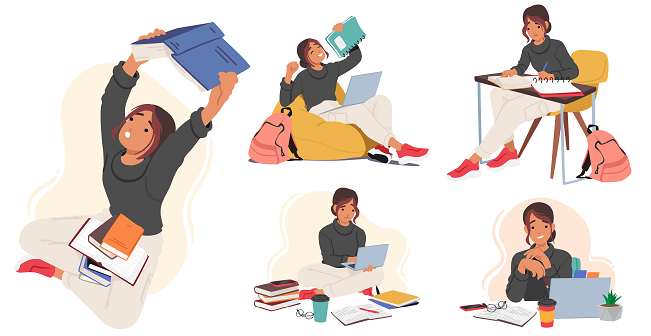







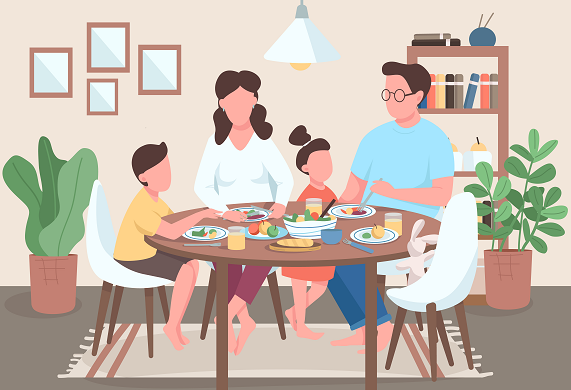
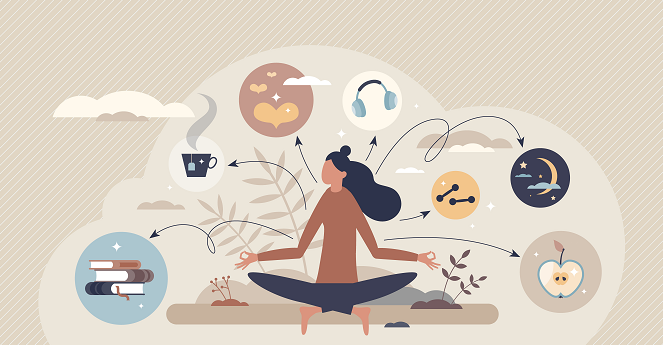


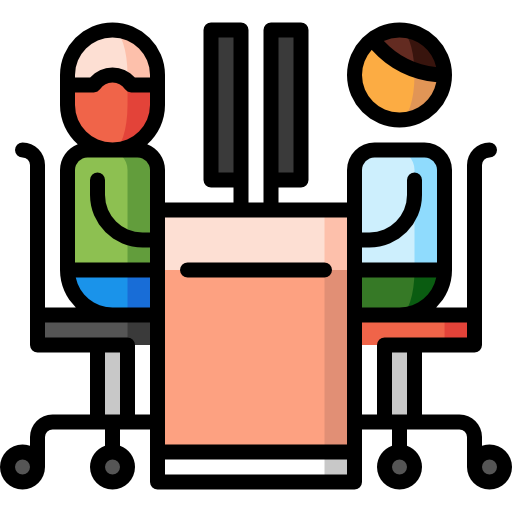

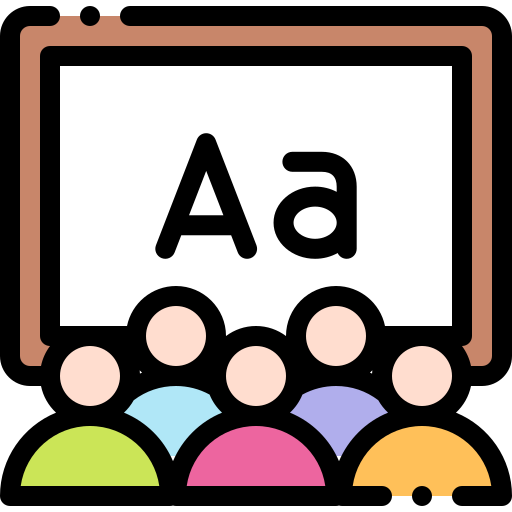


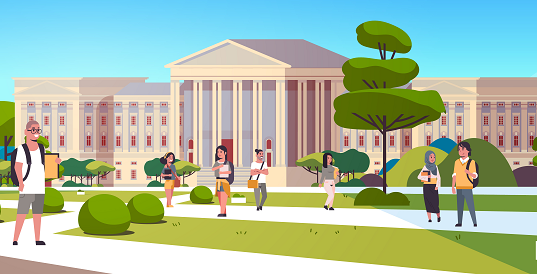

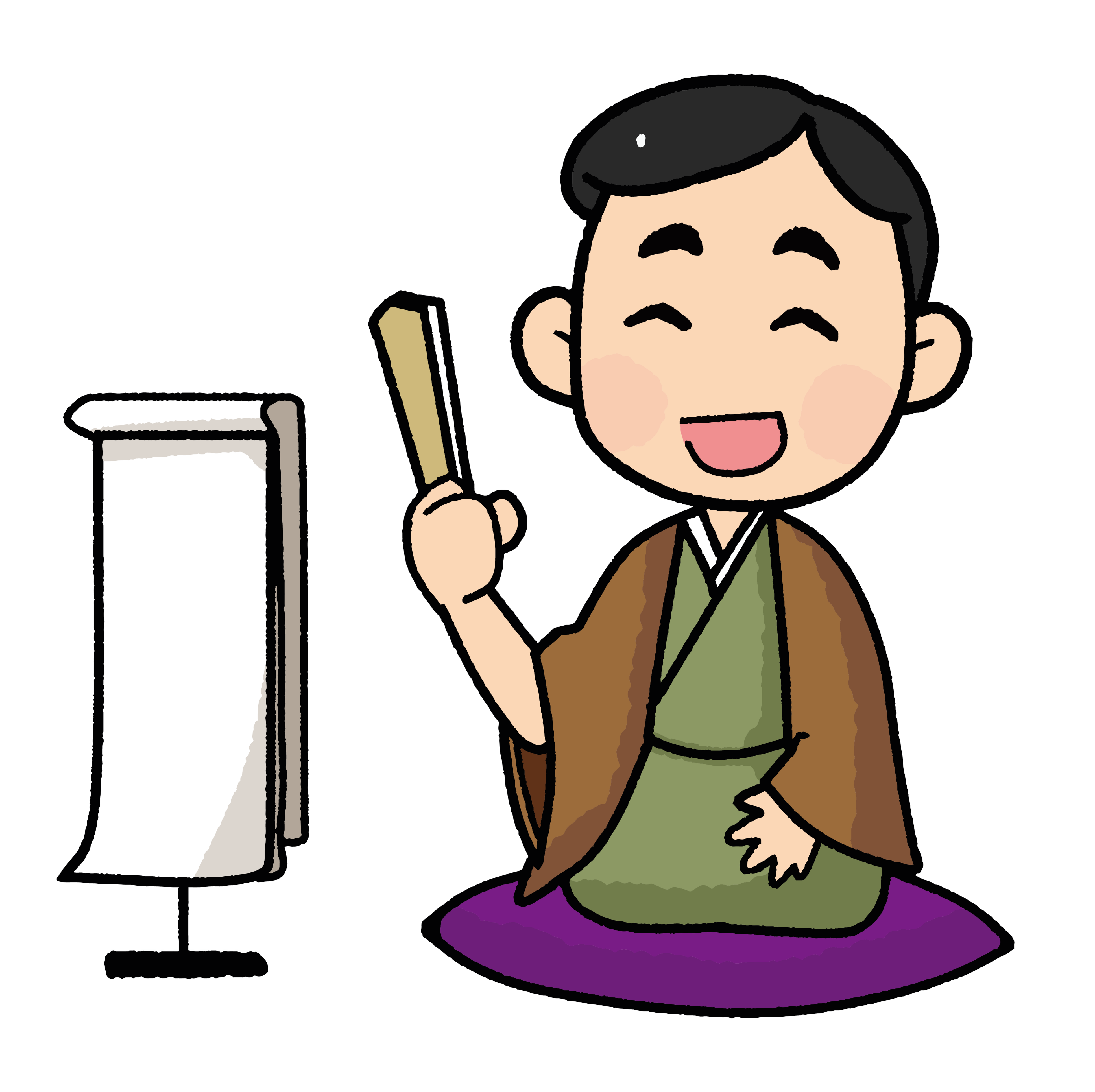
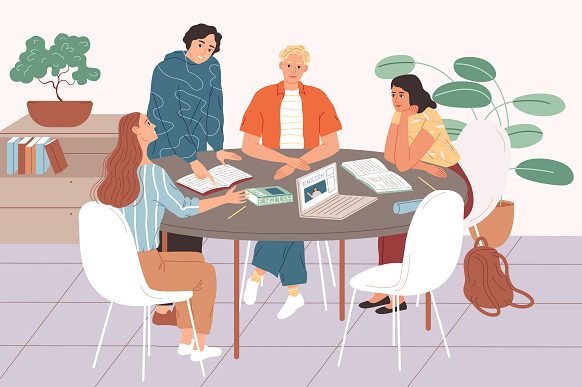
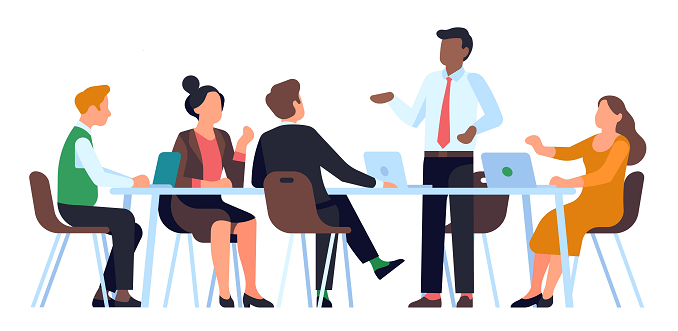
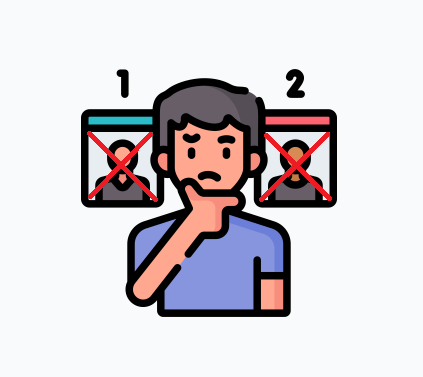
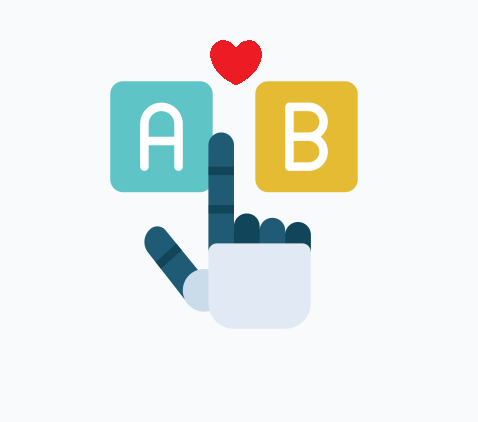

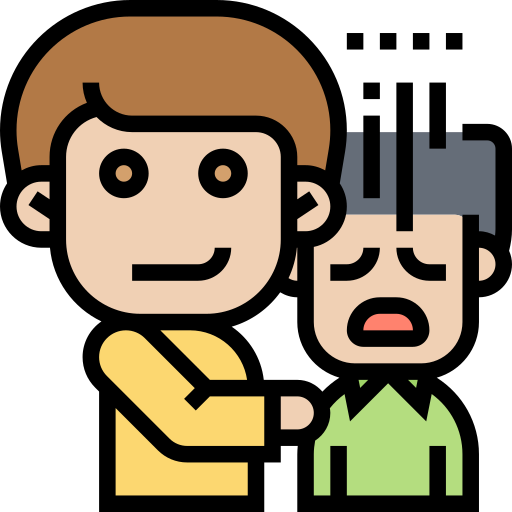
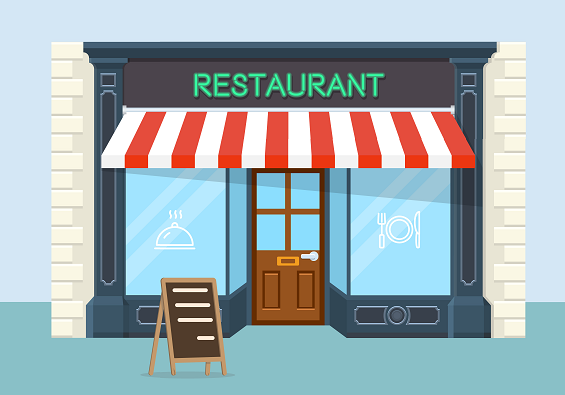
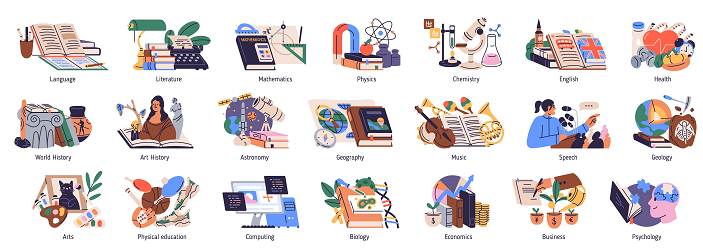
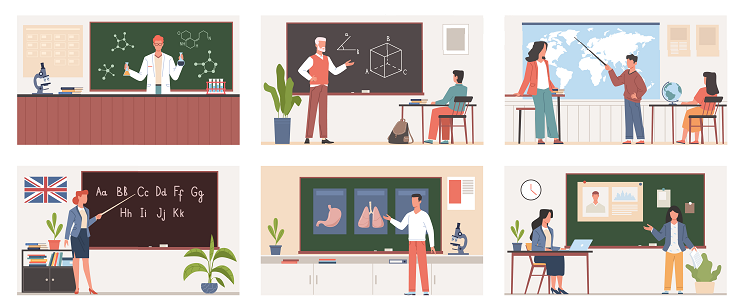
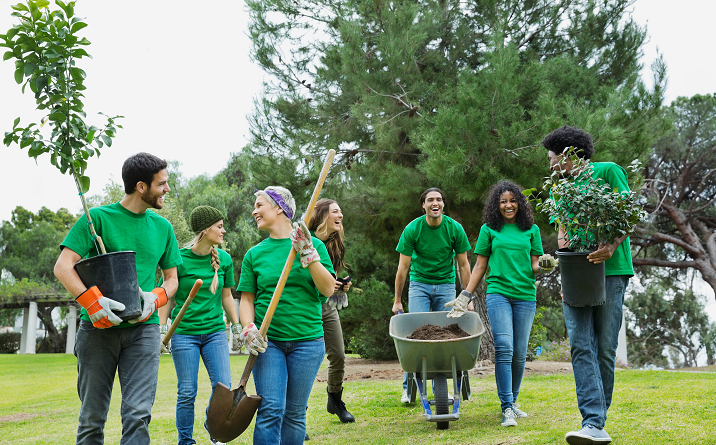
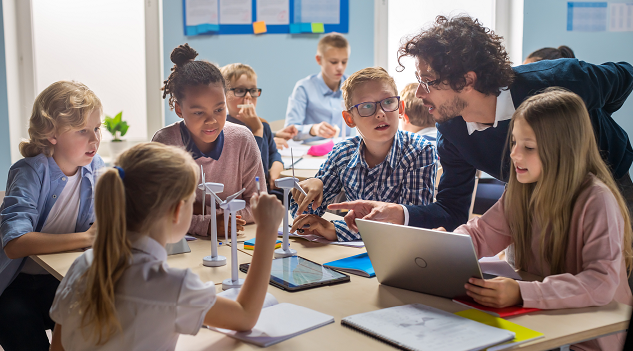

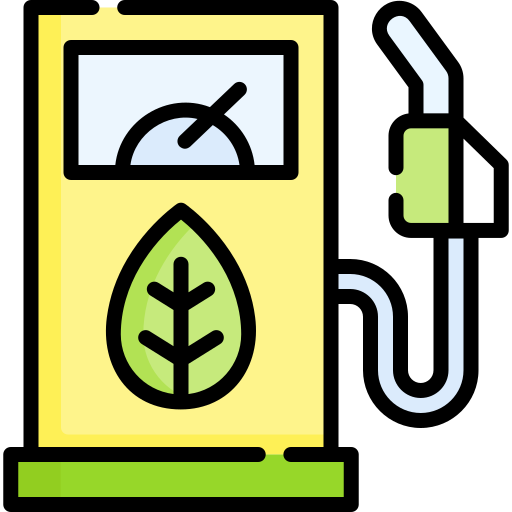



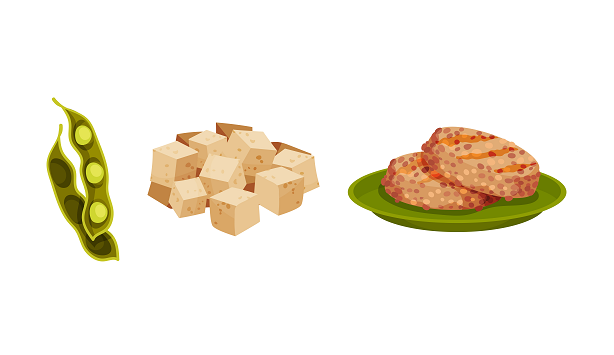
 GOOD
GOOD 
